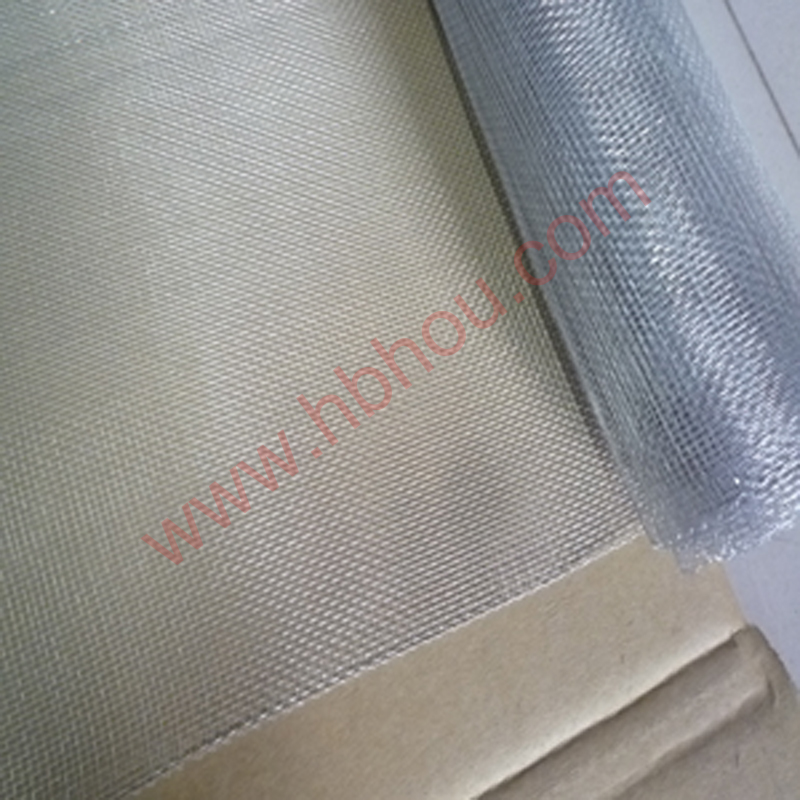Joining Round Timber Posts A Comprehensive Guide
Joining round timber posts is an essential skill for anyone interested in woodworking, construction, or landscaping. Whether you are building a fence, a gazebo, or any outdoor structure, understanding how to properly join these posts will ensure stability, durability, and aesthetic appeal. This article will delve into the various methods of joining round timber posts, their benefits, and tips for achieving optimal results.
Importance of Joining Round Timber Posts
Round timber posts, often used for their natural appearance and strength, can easily be incorporated into various outdoor structures. Properly joining these posts is crucial for several reasons
1. Stability Well-joined posts provide structural integrity, ensuring that your project can withstand environmental forces such as wind and rain. 2. Aesthetic Appeal Rounded posts lend a rustic charm, and clean joins can enhance the beauty of the finished project. 3. Longevity Using appropriate joining techniques can help protect the integrity of the wood over time, reducing the likelihood of decay or damage.
Common Joining Methods
There are several methods to join round timber posts, each with its advantages and applications. Here are some of the most common techniques
1. Notching
Notching involves cutting a section out of the post’s surface to allow another timber piece to fit snugly against it. This method is ideal for creating strong joints for fencing or decking. The notched area increases the contact surface and allows for better weight distribution.
Tips for Notching - Use a saw to make precise cuts. - Ensure that the notch is deep enough to accommodate the adjoining timber. - Sand the edges to prevent splintering.
2. Bolting
Bolting is a simple yet effective method to join round posts, especially when securing them to horizontal beams. This technique provides a strong mechanical connection and is often used in outdoor structures like pergolas and pavilions.
joining round timber posts

Steps for Bolting 1. Drill holes through both the post and the beam. 2. Use galvanized bolts to prevent rusting. 3. Tighten the nuts securely, but avoid overtightening, which can cause wood splitting.
3. Lag Screws
Similar to bolts, lag screws offer a robust method for joining timber posts but are easier to work with for smaller projects. They are particularly effective for attaching braces or cross members.
Using Lag Screws - Pre-drill holes to the size recommended for the screws. - Drive the screws in using a wrench to ensure a tight fit.
4. Doweled Joints
Doweling is a technique that involves inserting wooden dowels into corresponding holes in the joining pieces. This method is not only strong but also quite discrete, allowing for clean lines in the finished project.
Creating Doweled Joints - Measure and mark the locations for dowels precisely. - Use a drill to create holes of equal depth in both pieces. - Insert dowels with wood glue for an added bond before joining.
Best Practices for Joining Round Timber Posts
To achieve the best results when joining round timber posts, consider the following best practices
- Select Quality Timber Use high-quality, pressure-treated, or naturally durable wood to ensure longevity. - Proper Alignment Always ensure that your posts are aligned correctly before securing them. This will prevent issues down the line with leaning or unstable structures. - Use the Right Tools Invest in good-quality tools consistently to ensure precision in your work. - Consider Weatherproofing Apply weatherproofing sealants to joints to protect against moisture and rot.
Conclusion
Joining round timber posts is a rewarding endeavor that adds strength and beauty to your outdoor projects. By utilizing methods such as notching, bolting, lag screws, and doweling, you can create a variety of structures that will last for years. Always remember to follow best practices for selecting timber and ensuring proper alignment, and you’ll be well on your way to becoming proficient in this essential woodworking skill. Whether you are a seasoned woodworker or a novice, mastering these techniques will enhance your capability and creativity in any outdoor project.
















